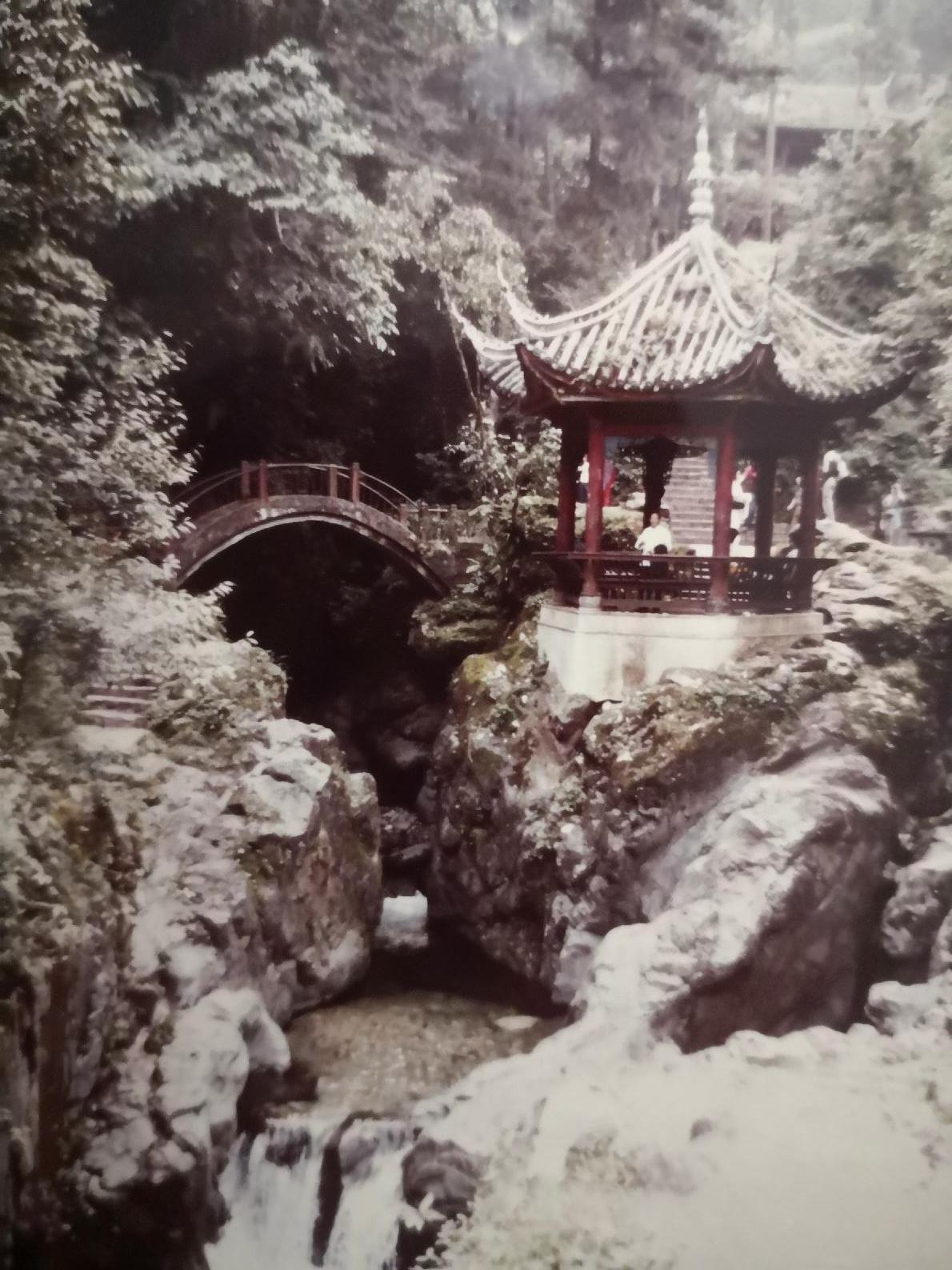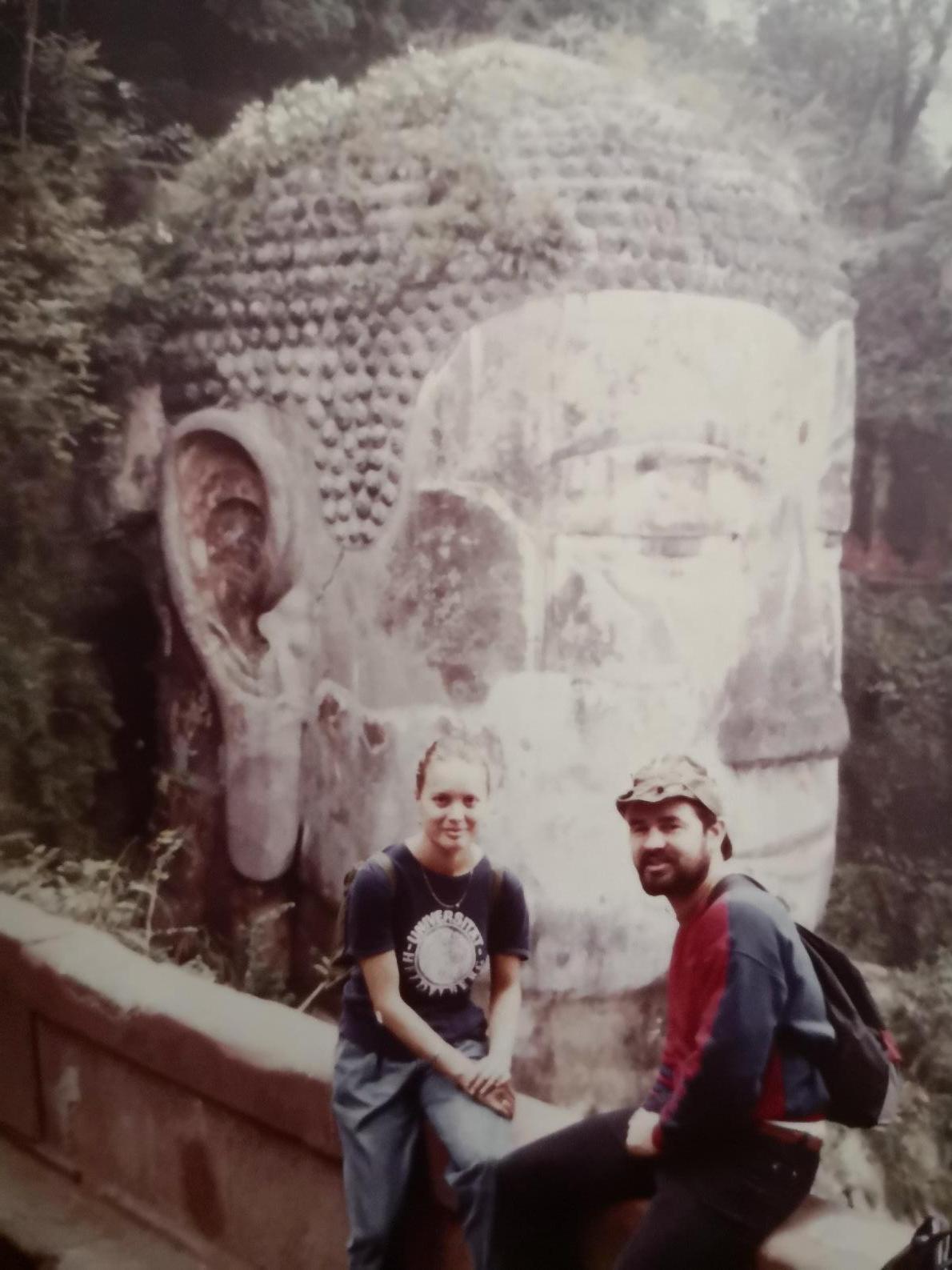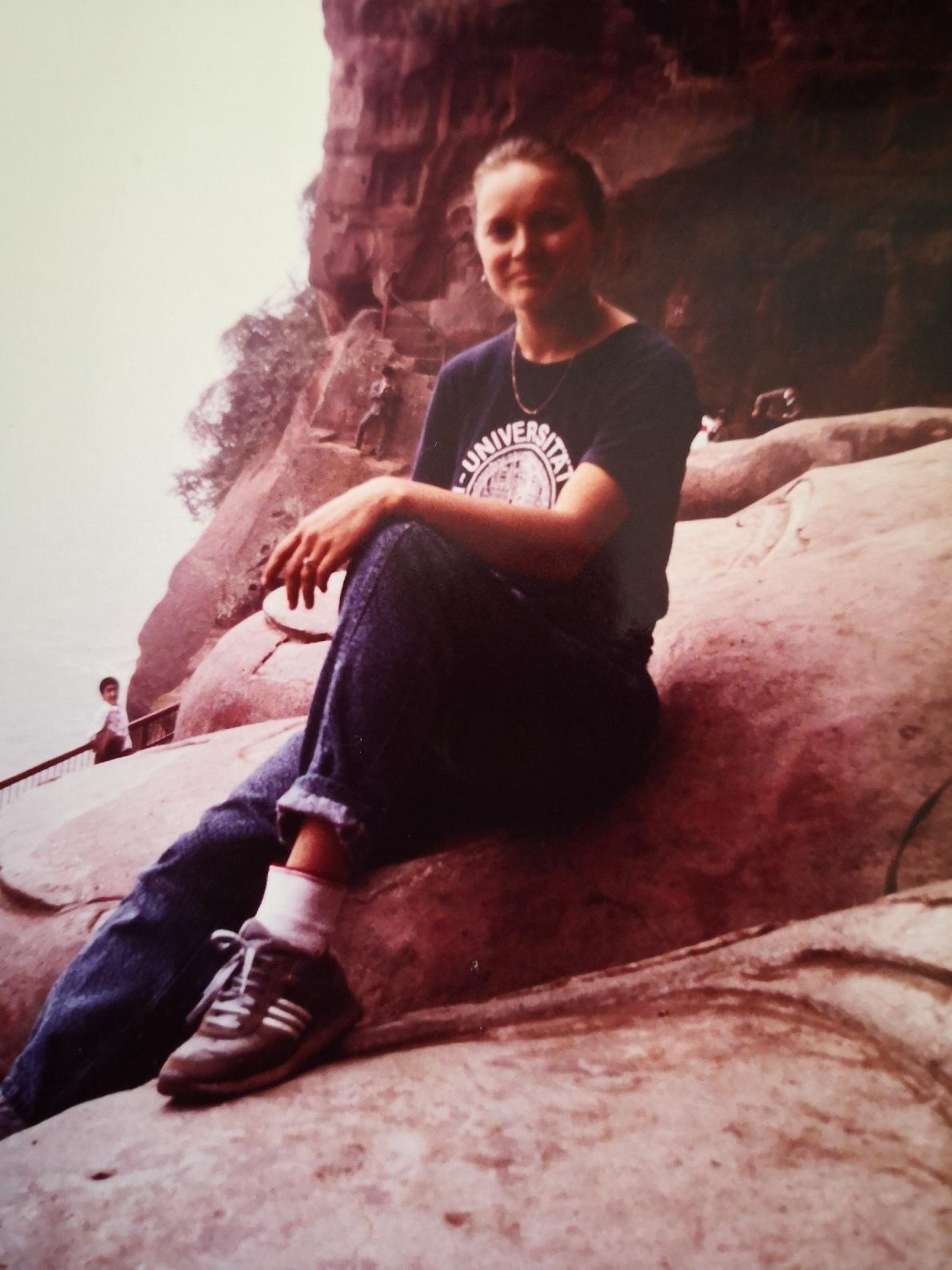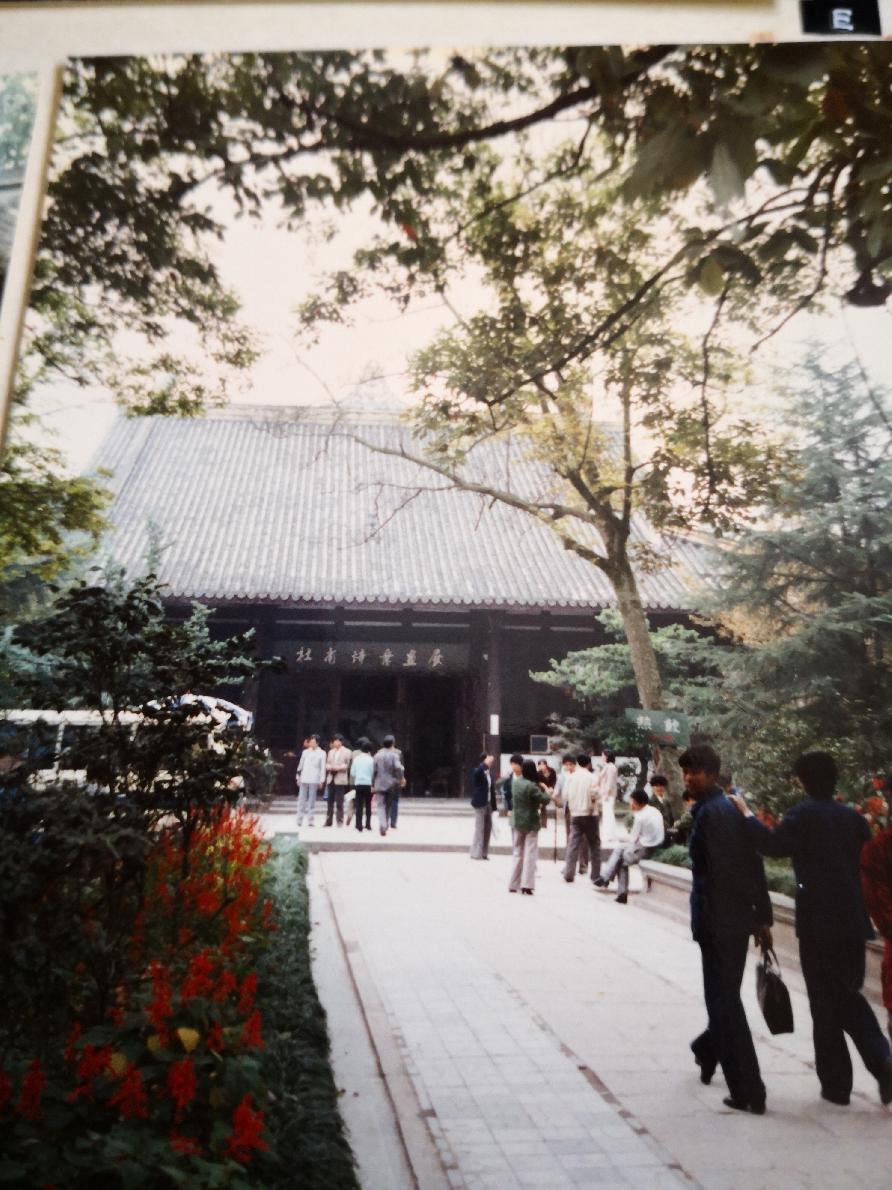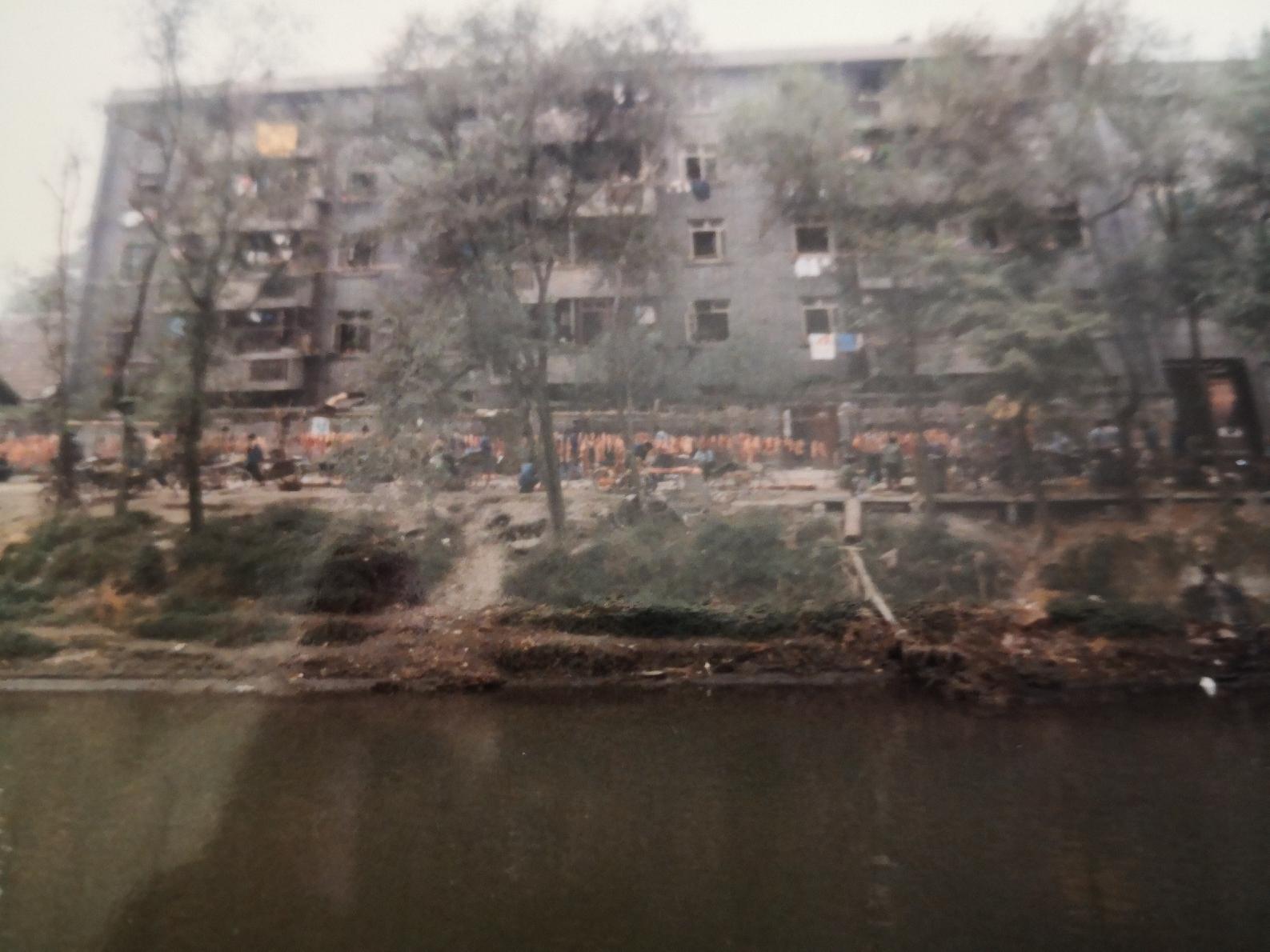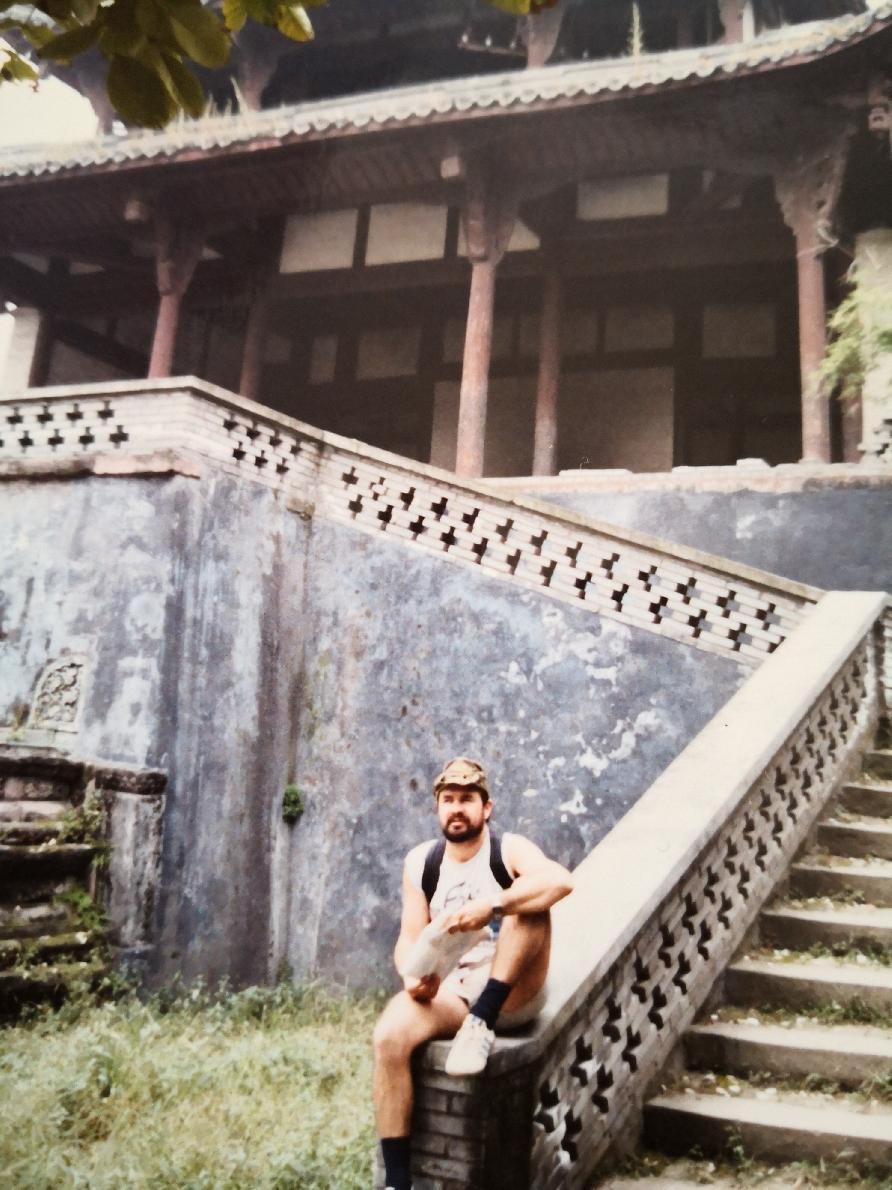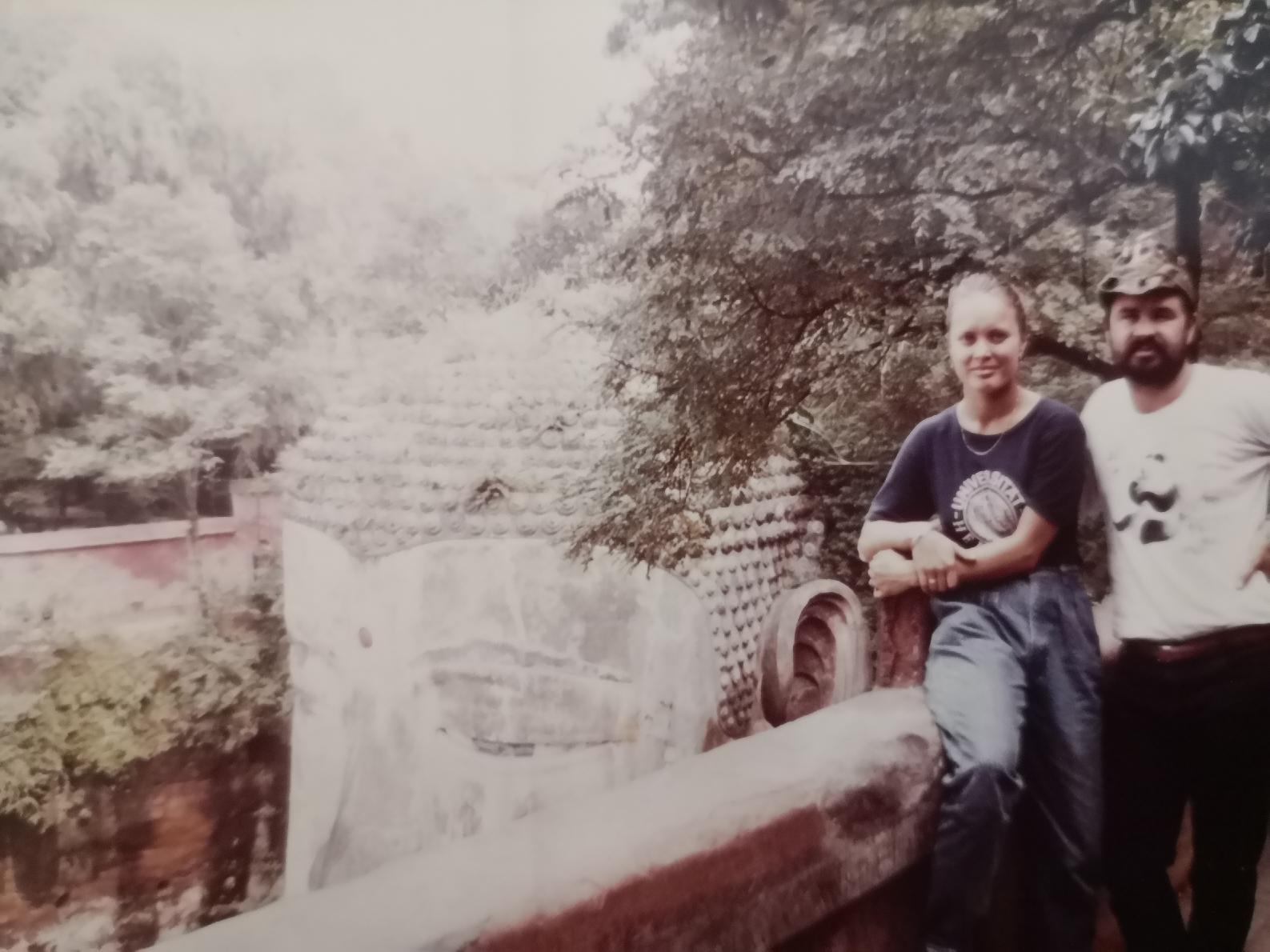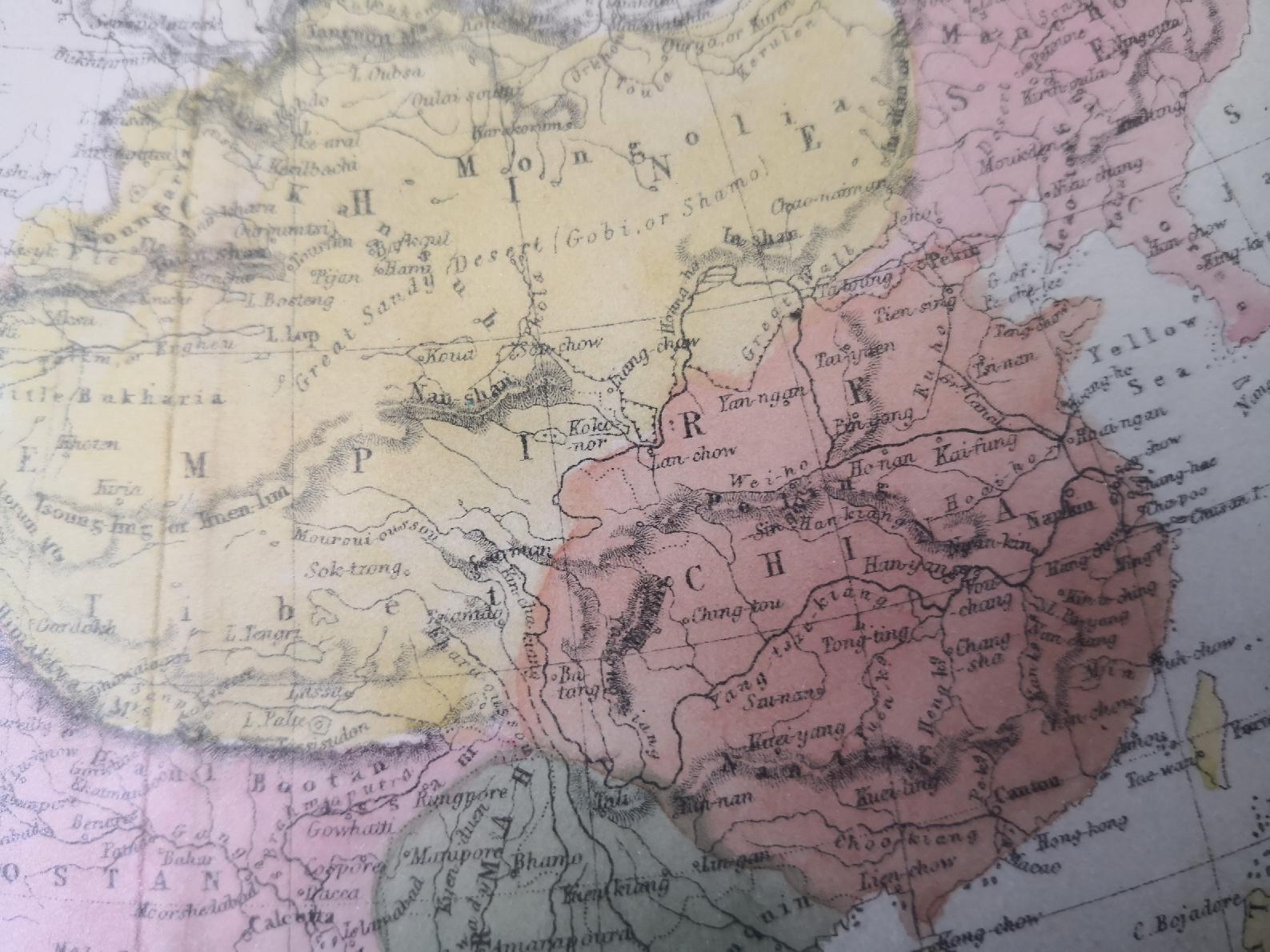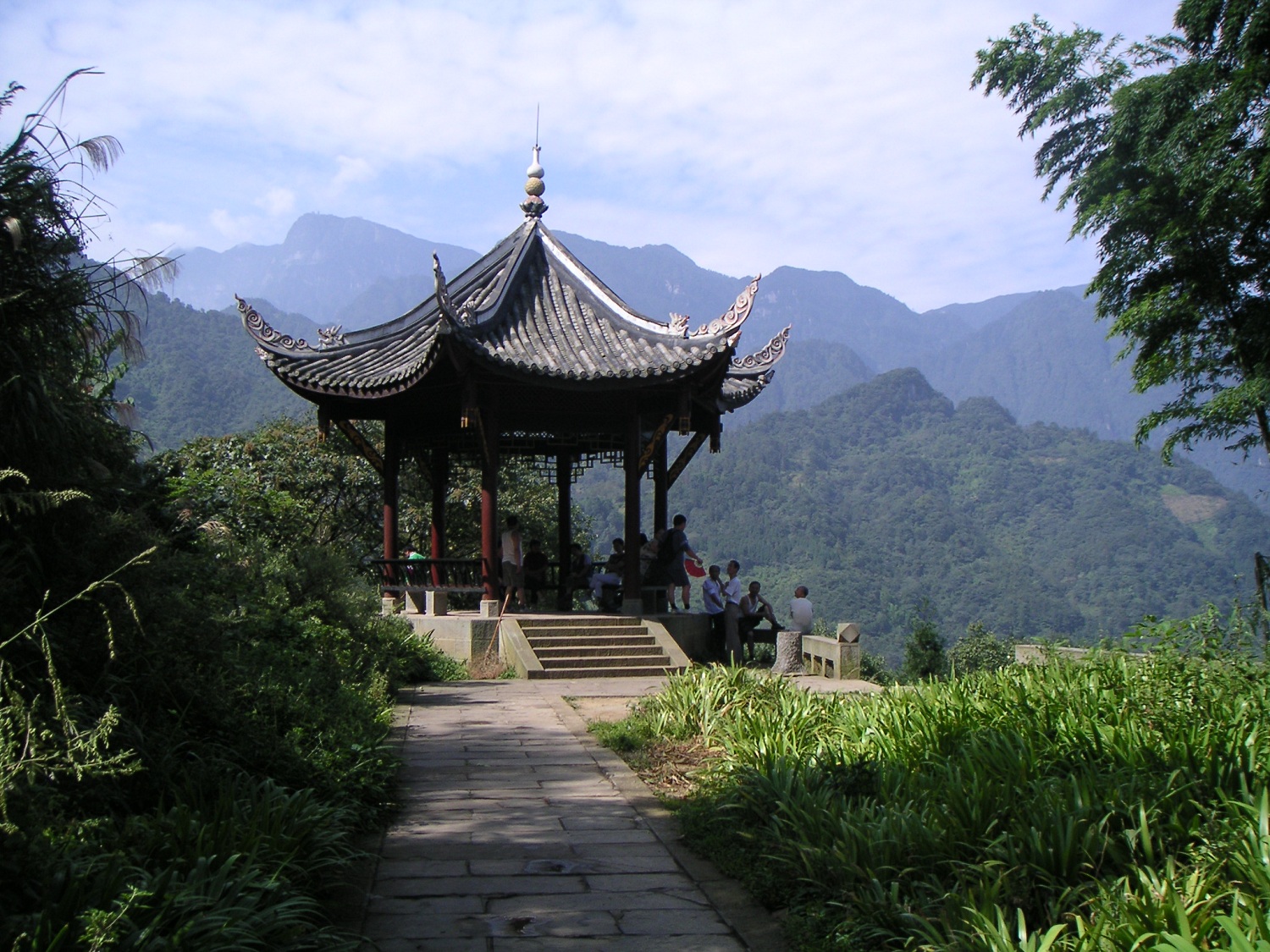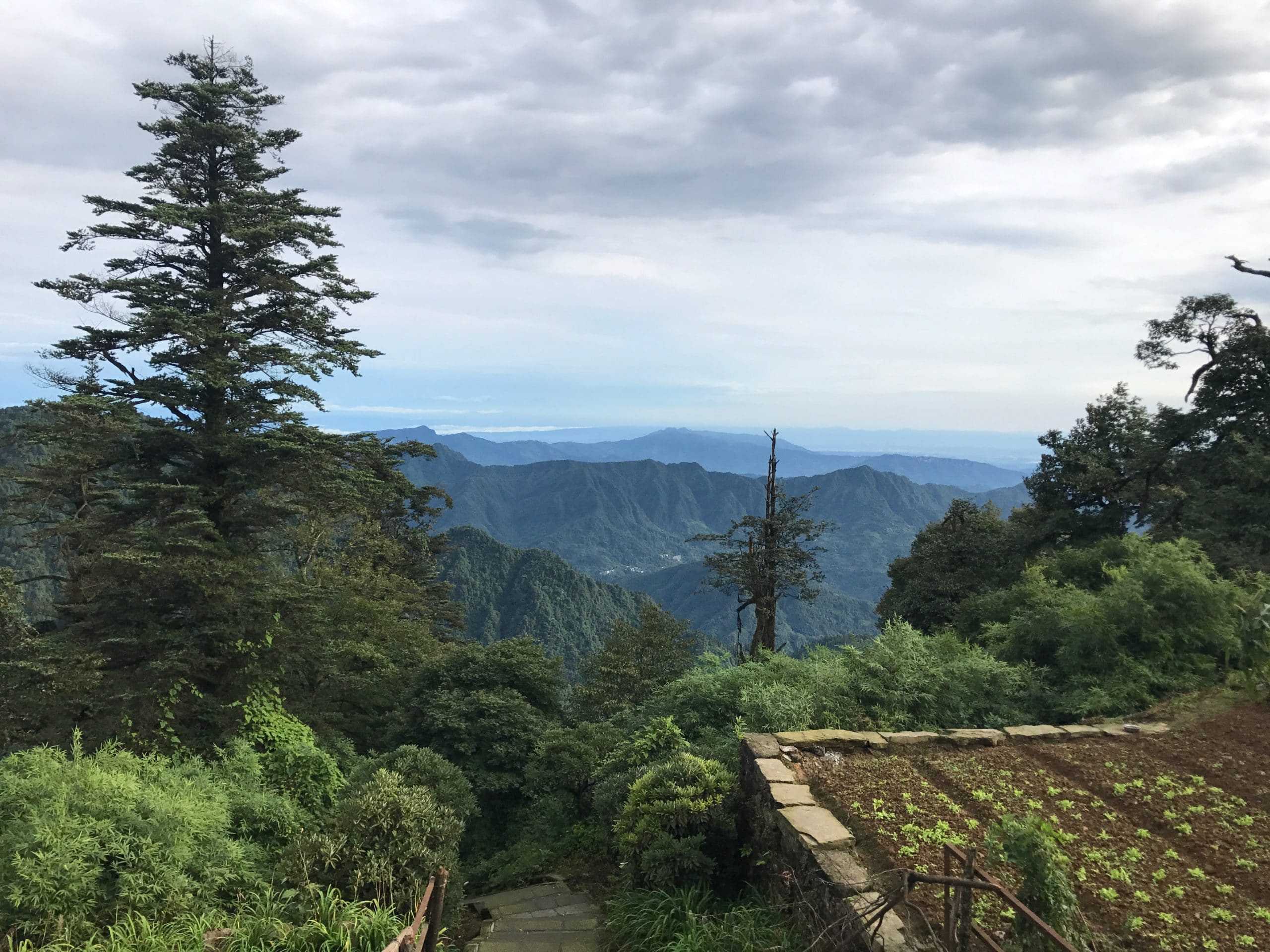
AsianOverland.net
Tour Guide - Itinerary
Asian Overland Sydney to London
Started 22/06/2022 Finished 21/06/2023365 Days ITINERARY
Day 81 date 10/09/2022CHENGDU to MOUNT EMAI, SICHUAN, CHINA
ASIANOVERLAND.NET SYDNEY TO LONDON DAY 81: CHENGDU TO MOUNT EMAI, SICHUAN, CHINA
Du Fu Thatched Cottage is a great experience and photo stop in Chengdu. In 759 Du Fu moved to Chengdu, built a thatched hut near the Flower Rinsing Creek and lived there for four years. The "thatched hut" period was the peak of Du's creativity, during which he wrote two hundred and forty poems, among them "My Thatched Hut was torn apart by Autumn Wind" and "The Prime Minister of Shu".
Leshan Buddha Statue (Leshan Grand Buddha) is 140km south of Chengdu by the riverside of Dadu. Situated by the Lingyun Cliff, Leshan Buddha Statue is the highest sitting Buddha Statue in the world and is listed as a world-level cultural heritage and protected park.
The Buddha is 71 meters from head to toe, and the statue was carved 1200 years ago during the Tang Dynasty, the construction lasting a century. It is a statue of Maitreya Buddha, the future Buddha. The visit to the Buddha by foot starts from the entrance by walking on stairs for 300 meters and then down to the cliff trail to walk from its head to its feet. It is one of the main tourist attractions in Sichuan and was a great photo stop in 1985.
Mount Emei or Mount Omei, is a 3,099-meter-tall mountain in Sichuan Province, and is the highest of the Four Sacred Buddhist Mountains of China. Mount Emei is at the western rim of the Sichuan Basin and was made a UNESCO World Heritage Site in 1996. The mountains west of it are known as Daxiangling.
Mount Emei is regarded as the bodhimaṇḍa, or place of enlightenment, of the bodhisattva Samantabhadra, known in Mandarin as Puxian.
Records from the 16th and 17th centuries allude to the practice of martial arts in the monasteries of Mount Emei, and record the Shaolin Monastery as Chinese boxing's place of origin.
Mount Emei is the site of the first Buddhist temple built in China in the 1st century CE, and has seventy-six Buddhist monasteries of the Ming and Qing dynasties, mostly near the mountain top. On Mount Emei, the fixed plans of Buddhist monasteries of earlier periods were modified or ignored, in order to make full use of the natural scenery. The monasteries demonstrate flexible architectural styles that adapt to the landscape. Some, such as the halls of Baoguosi, are built on terraces of varying levels, while others are on raised stilts.
The buildings of Qingyinge are laid out in an irregular plot on the narrow piece of land between the Black Dragon River and the White Dragon River. The winding footpath is a 50 km long walk.
Unfortunately, I was sick as a dog when we trekked at Mount Emei, so Corrie took the trek to the top of the mountain while I felt sorry for myself at the temples lower down. My Chengdu/Delhi Belly was possibly due to the spiciness of the Sichuan food, but more likely the street food chicken I grabbed on the street which Corrie warned me was too yellow….. The bottom line is that everyone gets Delhi Belly at some stage of an overland journey, so I’m thankful that it happened to me in a beautiful place like Mt Emei.
© This work is copyright. Apart from any use permitted under the Copyright Act 1968, no part may be reproduced by any process, nor may any other exclusive right be exercised, without the permission of Peter Searle, peter@portseavillageresort.com; 1980-2024.
Website built by Justin O’Dea www.webdeveloperdocklands.com.au


